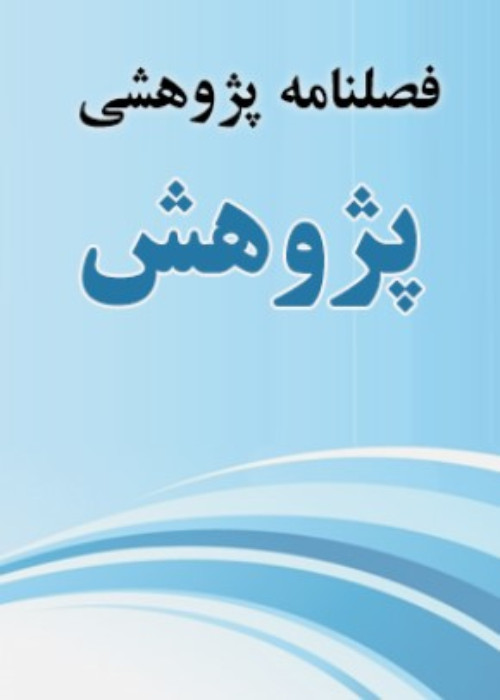Modeling structural relationships of uncertainty intolerance with worry mediated referral thinking, metacognitive beliefs and perfectionism in patients with generalized anxiety disorder
The aim of the present study was to Modeling structural relationships of uncertainty intolerance with worry mediated referral thinking, metacognitive beliefs and perfectionism in patients with generalized anxiety disorder. In terms of purpose, this research was applied, and in terms of method, it was a descriptive type of correlation based on structural equations. The statistical population of the research was made up of all the people with generalized anxiety disorder in the treatment centers of Sari city, to determine the sample size according to the number of observed variables and assigning a coefficient of 10 for each observed variable (20 observed variables in the model), and taking into account Due to the possibility of incomplete questionnaires, 220 people were selected as the sample size in a purposeful way (according to having the criterion of generalized anxiety disorder). The data collection method is based on five questionnaires: Friston et al.'s uncertainty intolerance (1994), Pennsylvania worry (1990), Ering's referential thinking (2010), Wells's metacognitive beliefs (1997), Spitzer et al.'s generalized anxiety disorder (2006), and Hill's perfectionism ( 2004) was done. The analysis of the information obtained from the implementation of the questionnaires was done through spss22 and Amos23 software in two descriptive and inferential parts (Pearson correlation and regression structural equations). The results of the data analysis showed that the research model was fitted and in total the effects of direct and indirect paths indicated that intolerance of uncertainty, referential thinking, metacognitive beliefs and perfectionism had a significant effect on worry and 86 percent of the variable of worry among those suffering from anxiety disorders inclusive, can be explained by the above independent variables, and 14% of this endogenous variable is explained by other variables outside the research.
- حق عضویت دریافتی صرف حمایت از نشریات عضو و نگهداری، تکمیل و توسعه مگیران میشود.
- پرداخت حق اشتراک و دانلود مقالات اجازه بازنشر آن در سایر رسانههای چاپی و دیجیتال را به کاربر نمیدهد.


